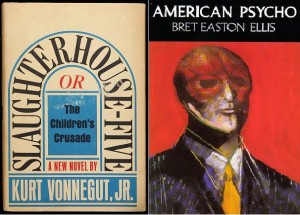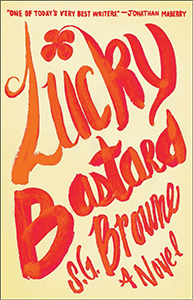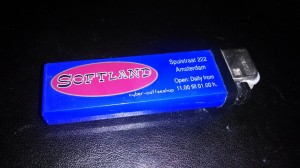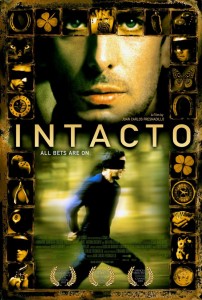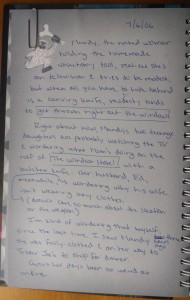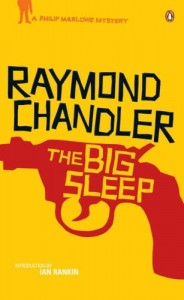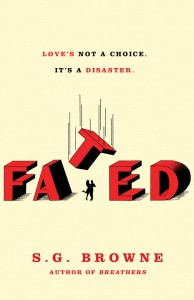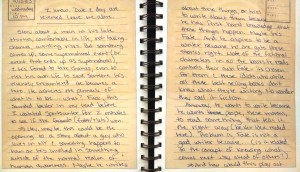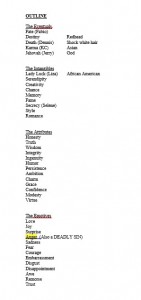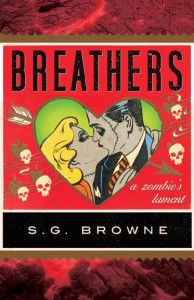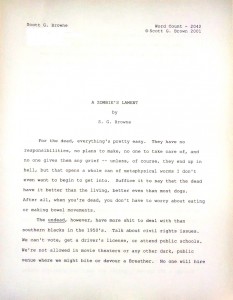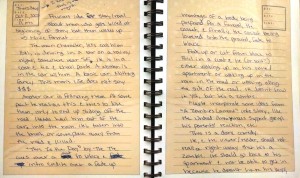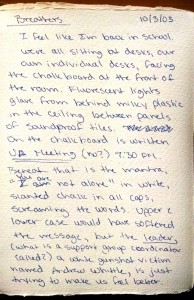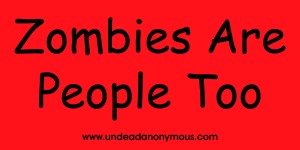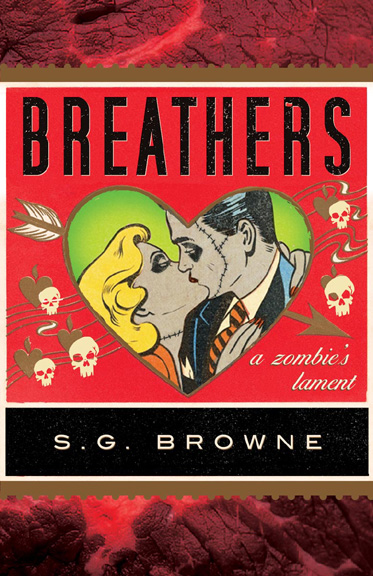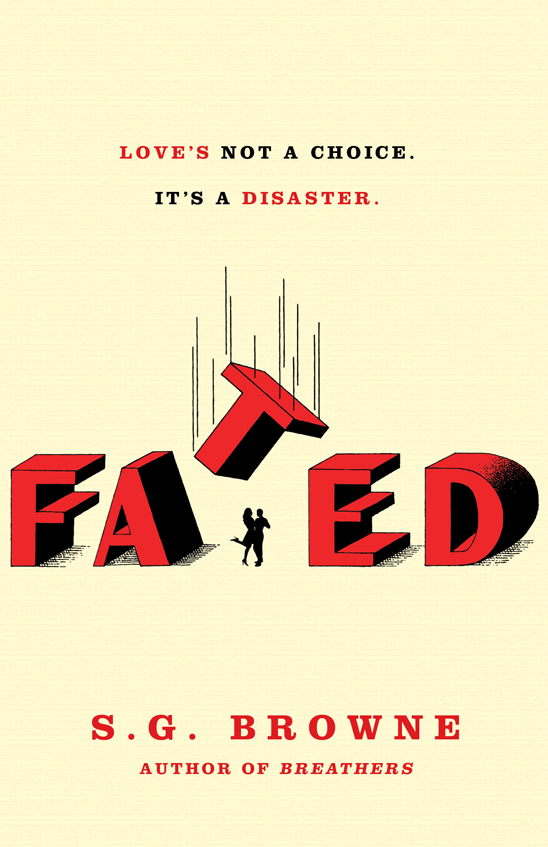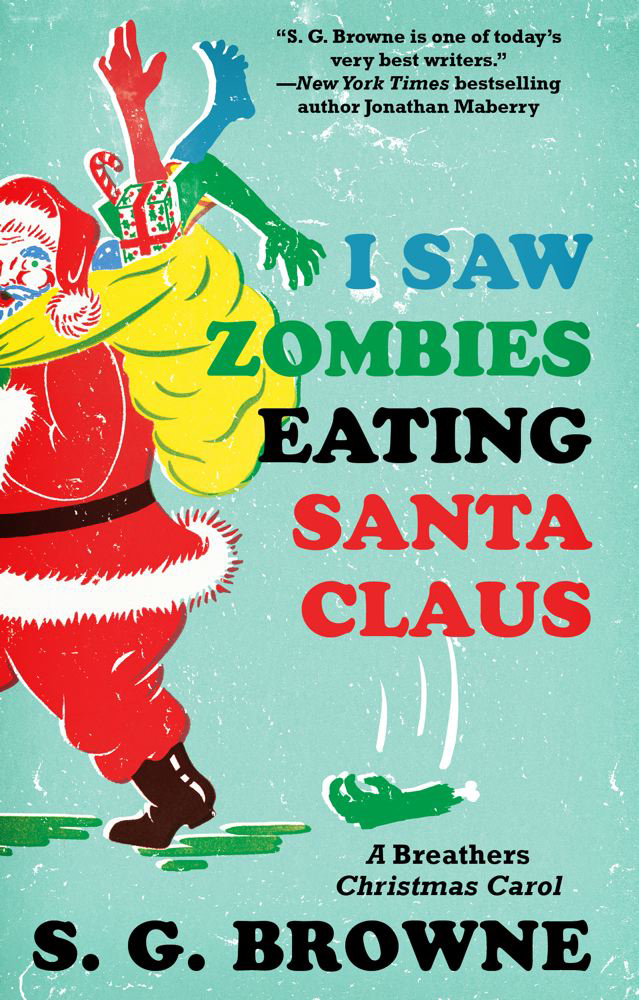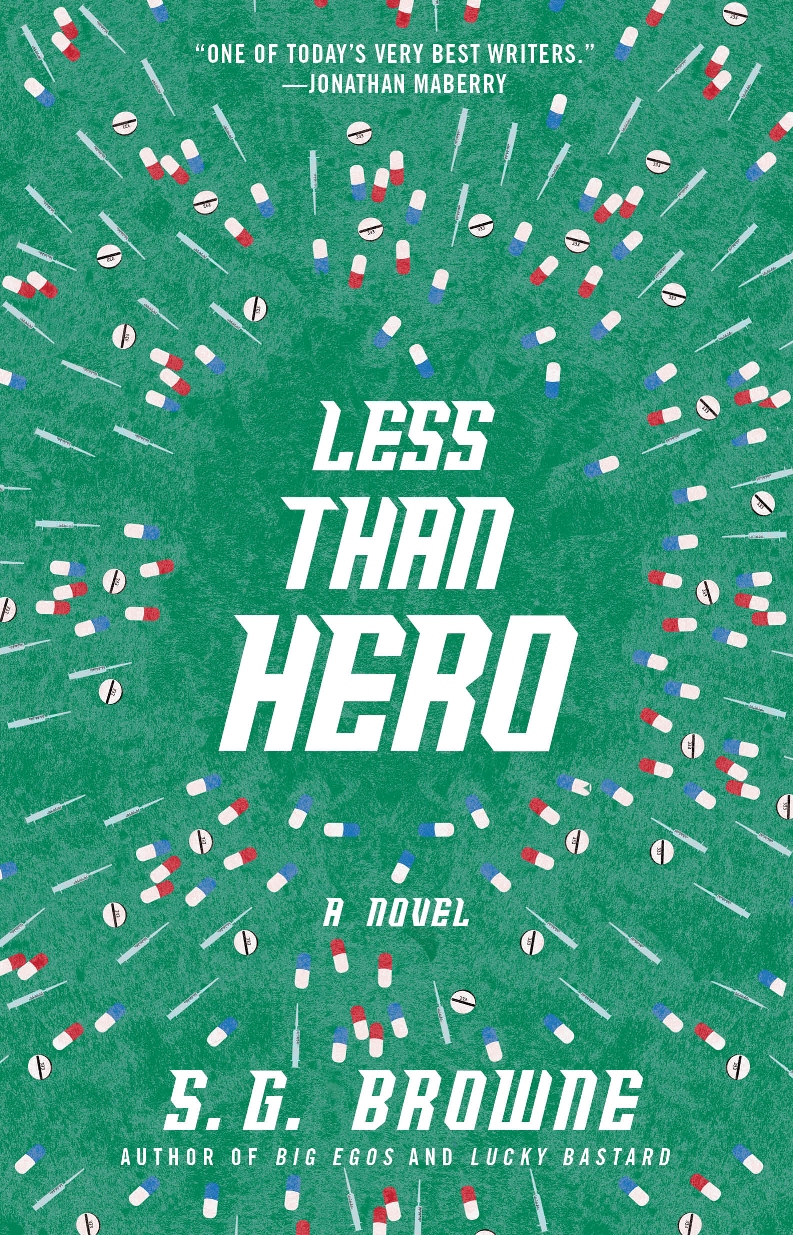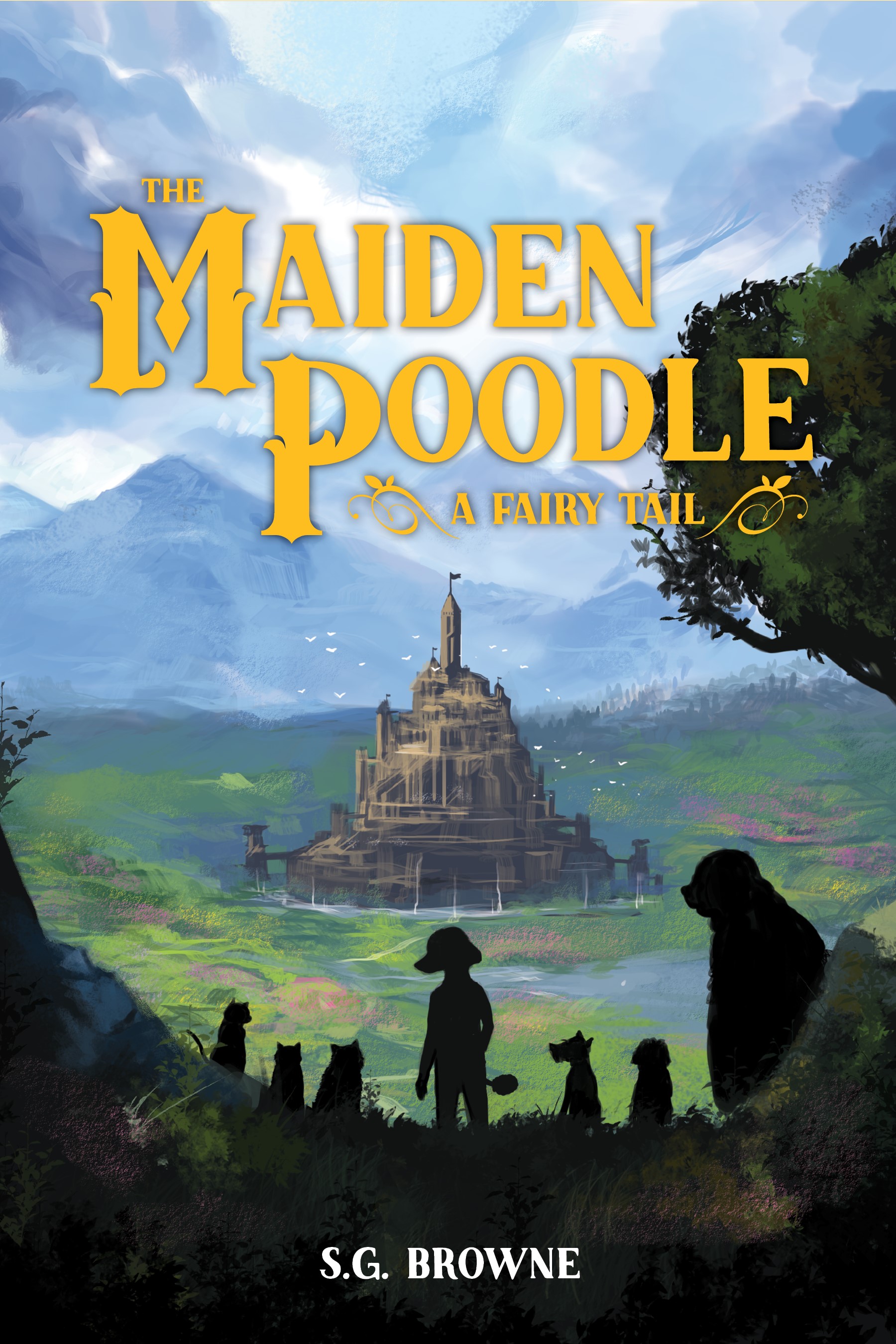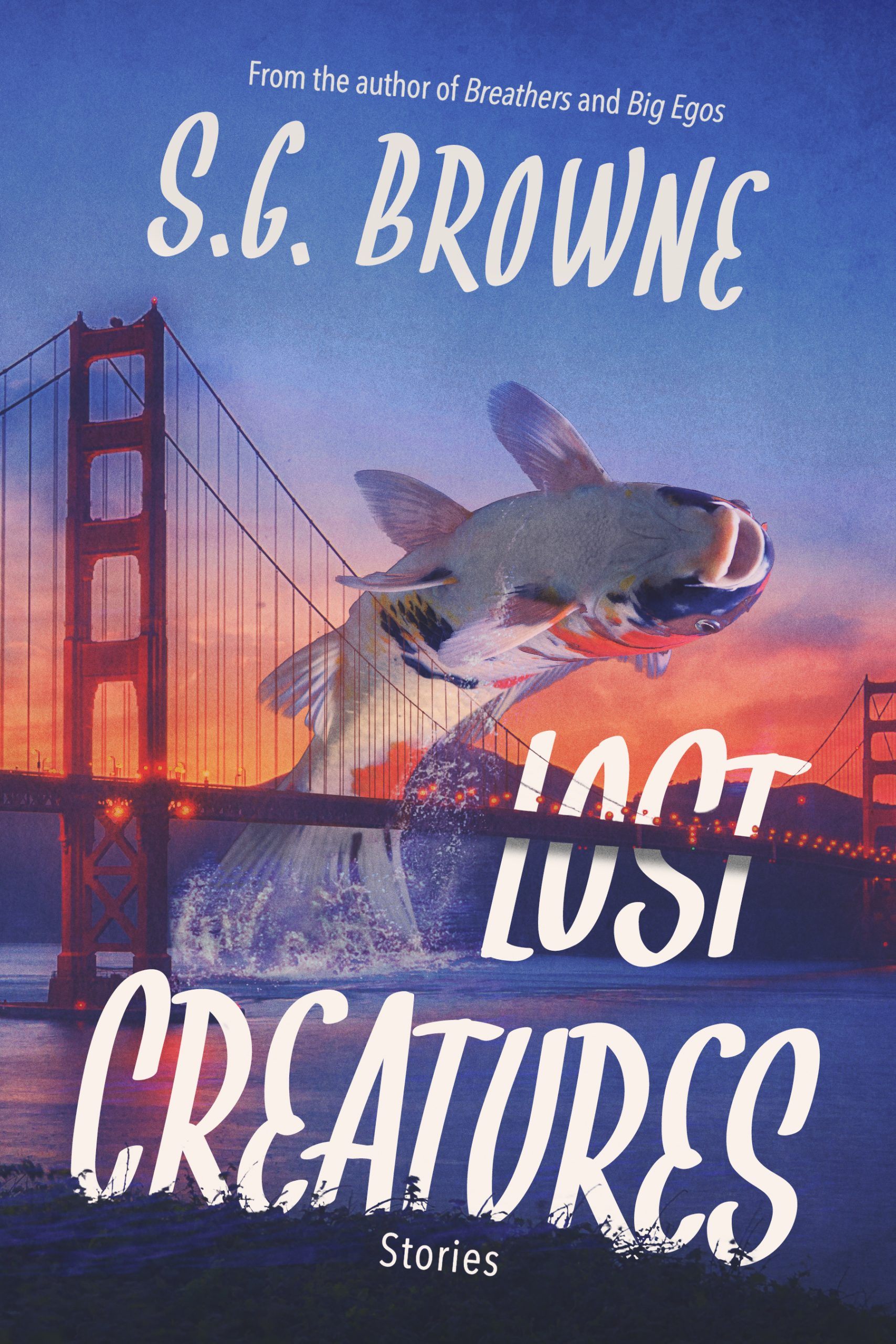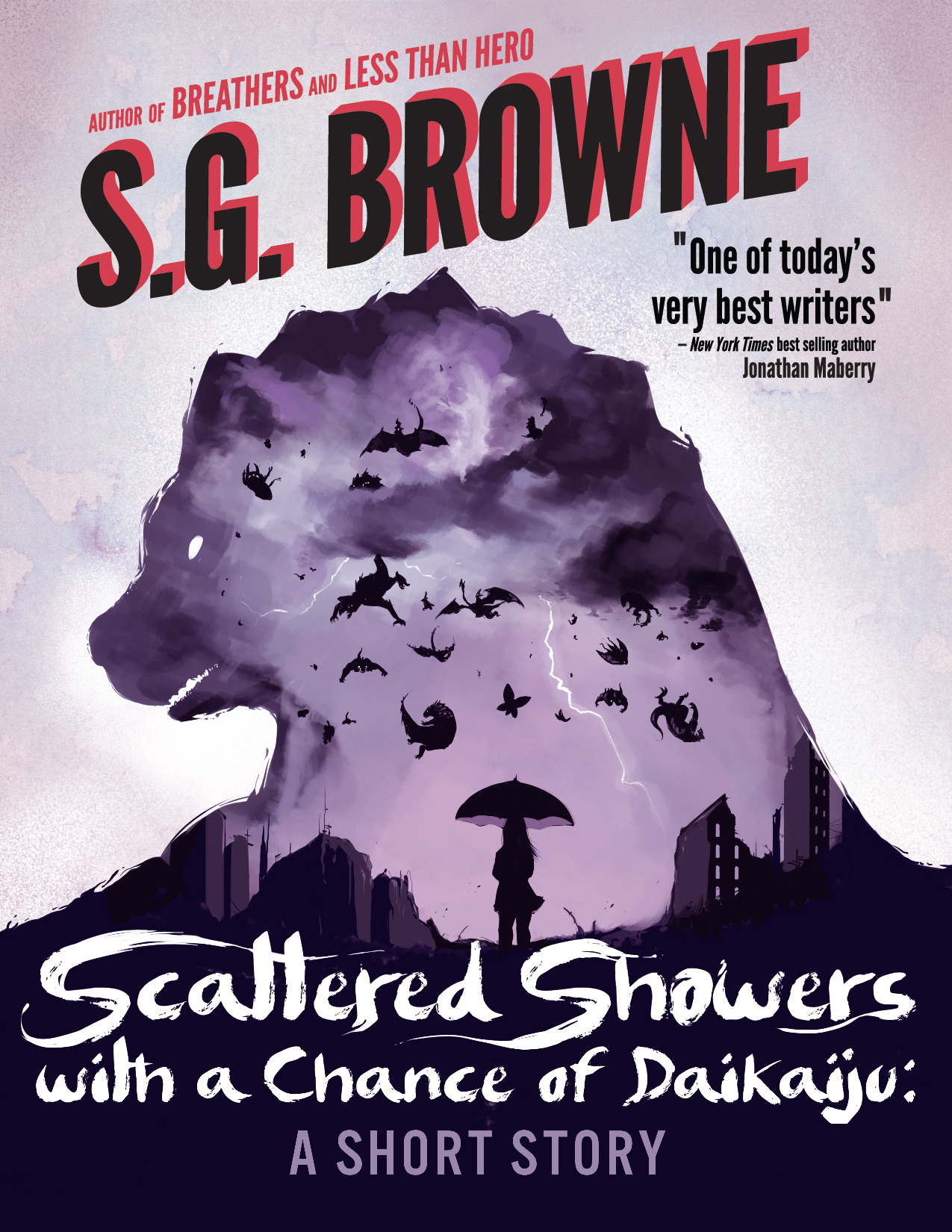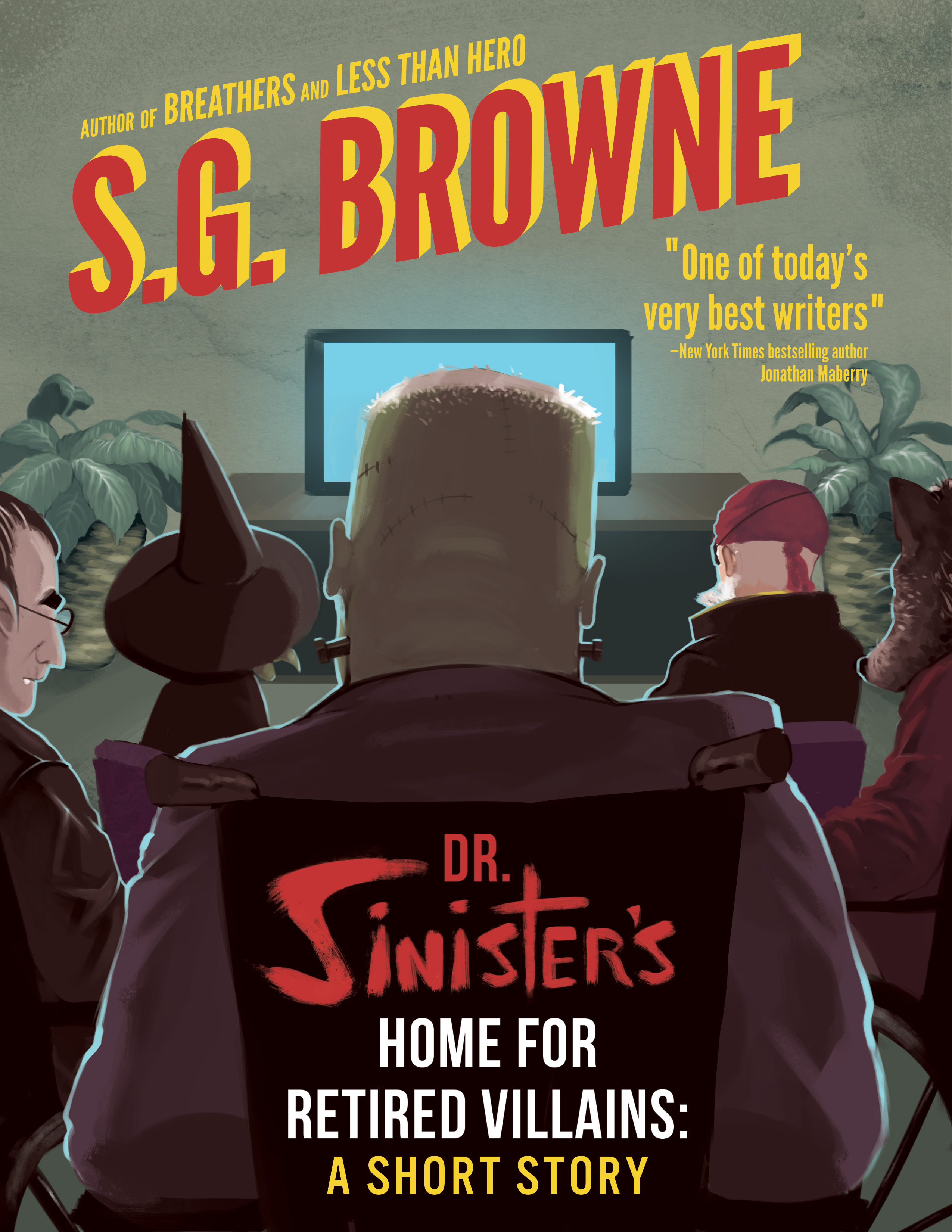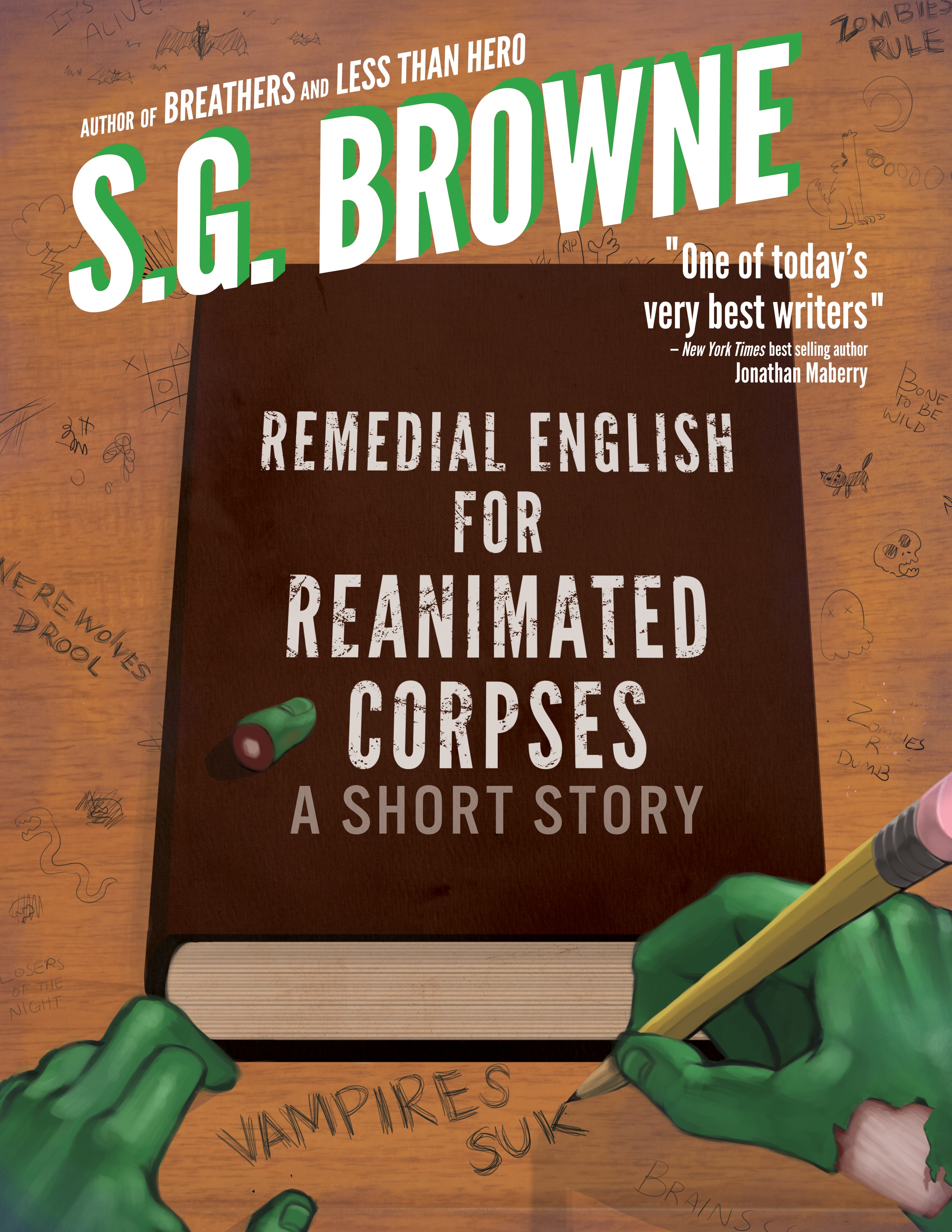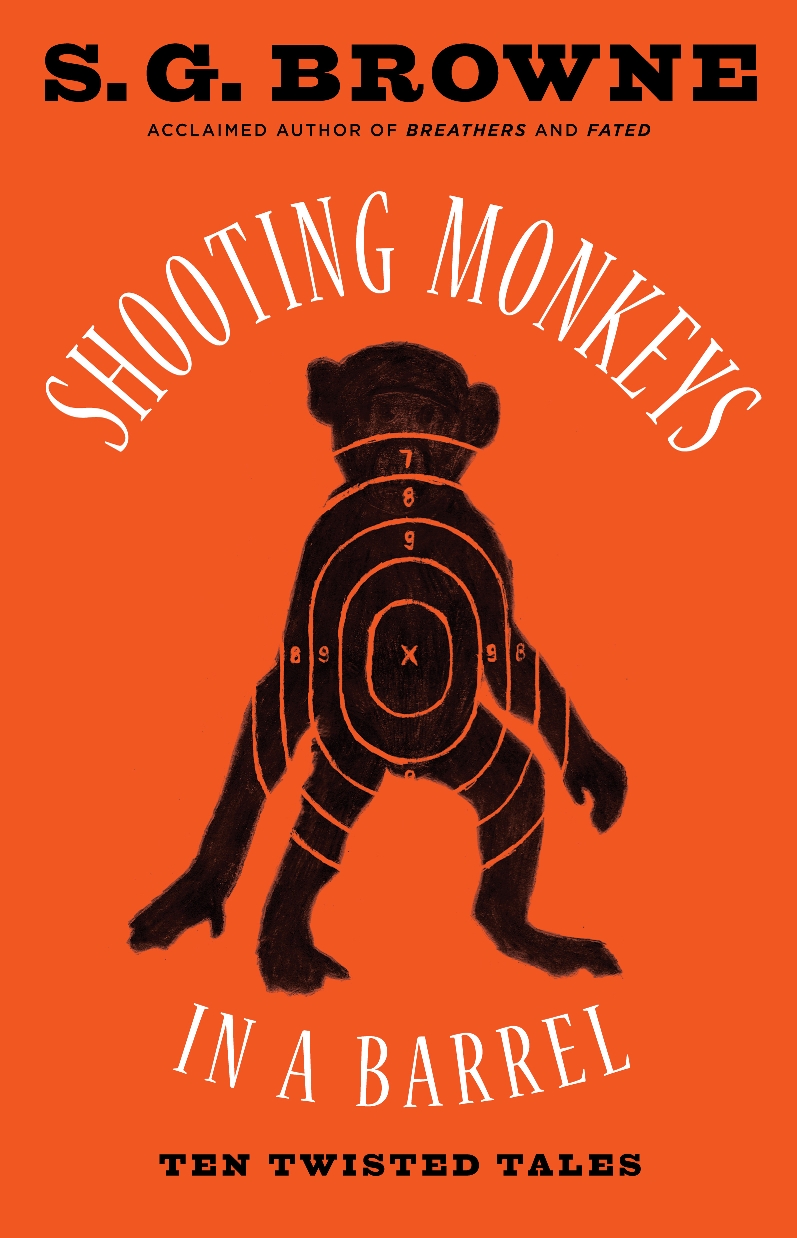Beyond the Keyboard: Less Than Hero
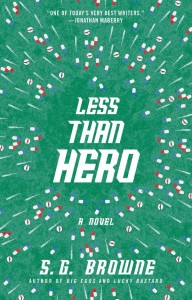 This is the next installment of my Beyond the Keyboard series, where I pull back the curtain, so to speak, on the ideas that inspired my novels and provide a peek into the creative process behind them. (You can find my previous posts for Breathers, Fated, Lucky Bastard, and Big Egos by clicking on the titles.
This is the next installment of my Beyond the Keyboard series, where I pull back the curtain, so to speak, on the ideas that inspired my novels and provide a peek into the creative process behind them. (You can find my previous posts for Breathers, Fated, Lucky Bastard, and Big Egos by clicking on the titles.
Up next, my new dark comedy and social satire about superheroes and our country’s love affair with prescription drugs: Less Than Hero.
The Pharmaceutical Seed is Planted
Back on October 4, 2003, I was sitting in a hotel room in Ventura watching TV at 10pm when a commercial came on for some kind of prescription drug that promised to help cure abdominal cramping with one of the side effects being that it might cause abdominal cramping. I found this both asinine and amusing and wrote it down in my journal, although I wouldn’t come back to it for nearly five years.
It’s relevant to mention here that in 1997, the FDA approved Direct-to-Consumer marketing of pharmaceutical products in the United States. Prior to that, there were no TV commercials for prescription drugs. And the proliferation of ads for prescription drugs continued on cable and network television so that by 2008, you couldn’t watch the boob tube for twenty minutes without being told that you might be really sick and need the latest miracle drug.
Guinea Pig, Guinea Pig, Let Me In!
Sometime in 2008, I came across several articles about professional guinea pigs: people who make a living on the margins of society by volunteering for paid clinical trials where they beta test pharmaceutical drugs being developed for consumers. These Phase I clinical trials test the efficacy and side effects of a drug on more or less healthy subjects, paying anywhere from $200 to $10,000 depending on the length and requirements of the clinical trial.
The idea for doing something centered around prescription drugs had been percolating and when I read about this fringe culture of professional pharmaceutical drug volunteers, I knew I had to do something with it. The question was: What?
The Superhero Connection
For a number of years I’d toyed with the idea of writing some kind of superhero story, but none of the ideas resonated or seemed original. While I was (and am) a fan of the superhero genre (specifically films and TV shows rather than comic books) and enjoyed the standard superhero films (Superman, Batman, Spider-Man), none of them resonated with me on a creative level.
Instead, I was more inspired by films like Mystery Men, with its humor and heroes who were ordinary people with odd talents who just wanted to make a difference; X-Men, which appealed to me with the concept of mutants and its social commentary on prejudice and discrimination; and Unbreakable, because it was about an ordinary man discovering his extraordinary abilities and, eventually, a purpose that gave his life meaning.
So at some point in the creative process, I realized that these guinea pigs, at least the fictional ones gestating in my head, would be my superheroes. They would develop mutated abilities from all of the prescription drugs they’d tested. And I would use them to make social commentary on the pharmaceutical industry and the over-medication of our society. So in a way, the three films that inspired me helped to shape Less Than Hero, which, to an extent, encompasses aspects of all three films.
Fun Facts
- The genesis/inspiration for both Fated and for Less Than Hero occurred at 10pm exactly 30 days apart, which is relevant because…
- Less Than Hero, which takes place in New York and deals with issues of fate and destiny, shares the same time and universe as Fated
- So for those who have read Fated, you might notice cameos by Fabio, Destiny, Karma, and others, as well as several shared scenes
- All of the superhero names given to the characters in the novel share the same first letter as their regular names
- While the novel is narrated in first-person POV by Lloyd, there are six interludes in the novel narrated in third-person POV
- All of the possible side effects of drugs mentioned in the novel were taken from pharmaceutical company websites and from Drugs.com
- The only two countries that allow Direct-to-Consumer marketing of pharmaceutical drugs are New Zealand and the United States
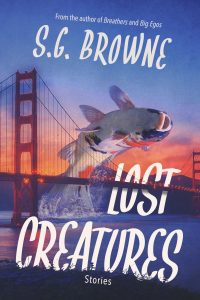
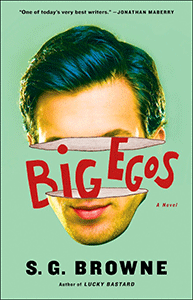
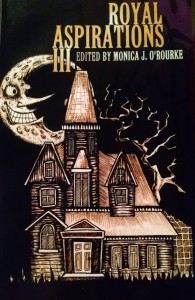
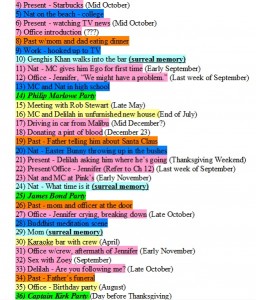 In order to keep track of the memories, I color-coded the chapters based on the narrator’s memories as they related to certain periods of his life. Rose for the present. Orange for childhood memories. Blue for high school/college memories. Light yellow for more recent memories. Light turquoise for surreal memories. And bright green for the chapters when he was someone else.
In order to keep track of the memories, I color-coded the chapters based on the narrator’s memories as they related to certain periods of his life. Rose for the present. Orange for childhood memories. Blue for high school/college memories. Light yellow for more recent memories. Light turquoise for surreal memories. And bright green for the chapters when he was someone else.